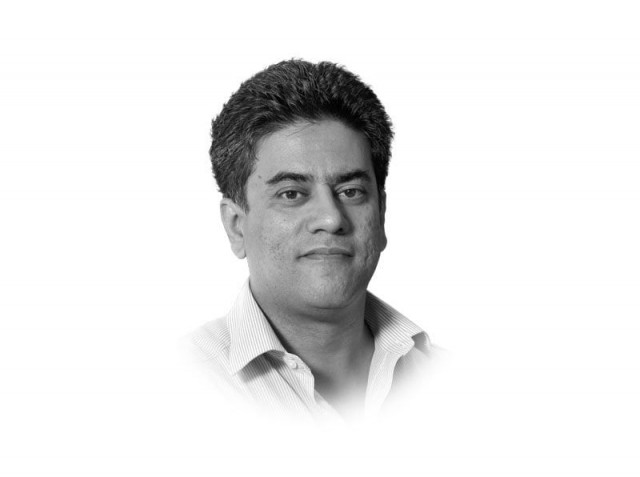Literacy and Pakistan
The bigger issue is that education remains a non-priority for the government

International literacy day is marked all over the world in September where the achievements made in the education sector are highlighted. In Pakistan, this day passes by without much notice, more so because we have little to celebrate. According to the Economic Survey of Pakistan 2020-210, the literacy rate in the country remains stagnant at 60 per cent. While there are many who question this number insisting that the rate is much lower, even this rate leaves much to be desired.
According to a report by Unicef, Pakistan is facing a serious challenge to ensure all children, particularly the most disadvantaged, attend, stay and learn in school. While enrollment and retention rates are improving, progress has been slow to improve education indicators in Pakistan. An estimated 22.8 million children aged 5-16 are out of school.
Currently, Pakistan has the world’s second highest number of out-of-school children (OOSC) with an estimated 22.8 million children aged 5-16 not attending school, representing 44 per cent of the total population in this age group. Nearly 10.7 million boys and 8.6 million girls are enrolled at the primary level and this drops to 3.6 million boys and 2.8 million girls at the lower secondary level.
While the Economic Survey reveals that the literacy rate is higher in urban areas (74 per cent) as compared to rural areas (52 per cent), the challenge for the government is equally daunting in both. We are told that Punjab has the highest literacy rate in Pakistan at 64 per cent followed by Sindh 58 per cent. K-P and Balochistan lag behind.
The bigger issue is that education remains a non-priority for the government. While other expenditures registered significant hikes in 2019-20, education-related expenditures witnessed a decrease of 29.6 per cent in the year. The cumulative education expenditures by the federal and provincial governments in FY2020 stood at 1.5 per cent of the GDP compared to 2.3 per cent in FY2019.
But despite a drop in public expenditure on education, we are seeing such a rise in enrollment numbers and the number of institutes and teachers. The total number of enrollments in 2018-19 was recorded at 52.5 million compared to 51 million in 2017-18 which shows an increase of 2.9 per cent. This was estimated to increase to 55 million in 2019-20. The number of institutes was recorded at 273,000 in 2018-19 compared to 262,000 in 2017-18. This was estimated to increase to 279,000 in 2019-20. Similarly, there were 1.76 million teachers in 2018-19 compared to 1.77 million in the previous year. This number was estimated to increase to 1.80 million in 2019-20.
What we can see is that in Pakistan the private sector became a major provider of education services since the 1990s both in absolute terms and in comparison with the public sector. This explains the rise in enrolment numbers, institutes and teachers.
Of the 47.5 million school going children in Pakistan, 42 per cent attend private schools. From the total number of schools in the country, 38 per cent are private. From 1990 to 2016, the number of low-cost private schools in Punjab alone increased dramatically from 32,000 to 66,000. Interestingly, the majority of new private schools opened up in rural areas.
There are many questions that come up when one reviews these statistics. The first of course is why the government is not willing to play its role of providing quality and affordable education to its people. Education is the prime responsibility of the state. The second question is whether the private sector, given the role played by the government, will be able to provide affordable and quality education to those who need it. When asked, we are told that education is a provincial subject. But spending comes from both federal and provincial governments. And we are seeing a gradual but consistent deterioration in the quality of education being provided by public sector institutions, which is forcing many to turn to the private sector.
For us the challenge is not only reducing the number of OOSC but also work on improving the quality of education for all. Private education is not the answer for this. Most lower income Pakistanis cannot afford quality private education. Their only option is to keep children out of school. This is a national crisis that we are facing. It is time we talked about this and came up with an action plan to move ahead. We need to fix our public schools.
Published in The Express Tribune, September 27th, 2021.
Like Opinion & Editorial on Facebook, follow @ETOpEd on Twitter to receive all updates on all our daily pieces.
.















COMMENTS
Comments are moderated and generally will be posted if they are on-topic and not abusive.
For more information, please see our Comments FAQ